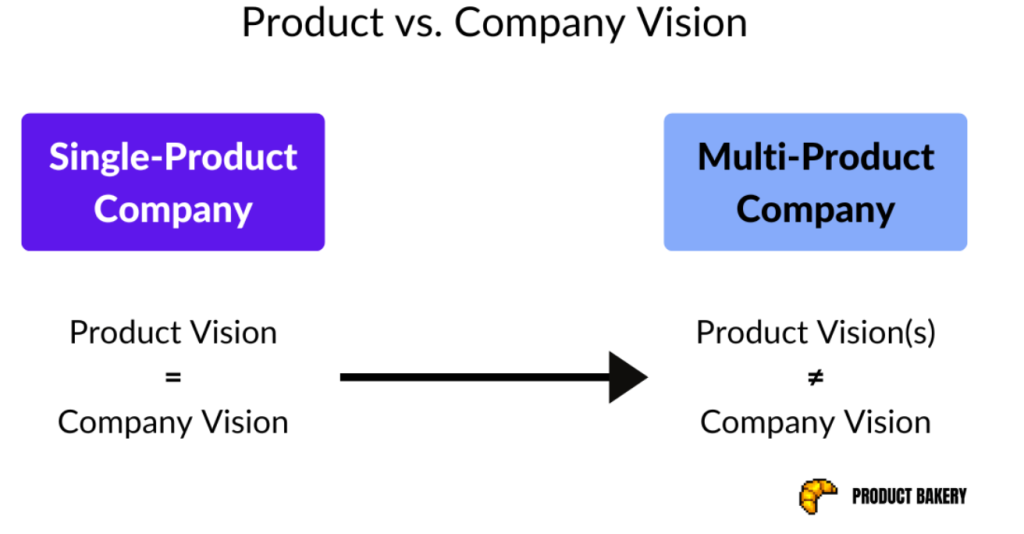In Agile, product vision acts like a north star for product development. It’s a concise statement that captures your product’s long-term goal and aspirational future state. To get your Product Vision correctly defined, you must focus on defining the WHY, it must be focused on the USER and should inspire the team.

[Product] is for [Target Customer] who [statement or need of opportunity]. The [product name] is a [product category] that [key benefit, reason to buy]. Unlike [primary competitive alternative], our product [statement of primary differentiation].
Without a clear vision, many product teams have trouble seeing the big picture. They change course often and tend to disagree on what to do next. It can feel disorienting and demotivating when you cannot tie your work to the value it provides. Even more, it is a bad situation for your product and customers too. You cannot deliver the experience that customers want if you are not clear on why you are providing it.
Who Creates It?
While the Product Owner typically owns the vision document, it’s often a collaborative effort involving stakeholders, developers, and other team members. This ensures a well-rounded perspective and fosters a sense of shared ownership..
Product vision serves as a constant reference point throughout the Agile development process.
User stories and product backlog items are prioritized based on how well they contribute to achieving the vision. Product Vision is a foundation for other big elements of Agile Methodolgy such as the
- product strategy
- product development roadmap
- backlog & planning
- execution & product launch
The vision remains flexible and can be adapted as new learnings emerge
during development iterations
Product Vision vs Company Vision
One key thing to grasp about your product vision is that it’s usually not the same as your company vision. Company visions are often too wide to be good product visions. Also, company visions are generally crafted for customers, while product visions are for your team’s alignment.

Change Management of Product Vision
The vision statement isn’t fixed; it evolves during development. Therefore, everyone in the development process should have a say in it. A good Product Vision is built incrementally allowing many opportunities for inspection and adaptation
Product Owner typically owns the vision document, it’s often a collaborative
effort involving stakeholders, developers, and other team members.
A clear and captivating product vision will steer stakeholders, reminding them of the product’s overall direction and the team’s shared goals. With Agile, teams can ensure they consistently create a product that truly benefits their target users.
Further Reading
https://www.product-bakery.com/blog/product-vision


